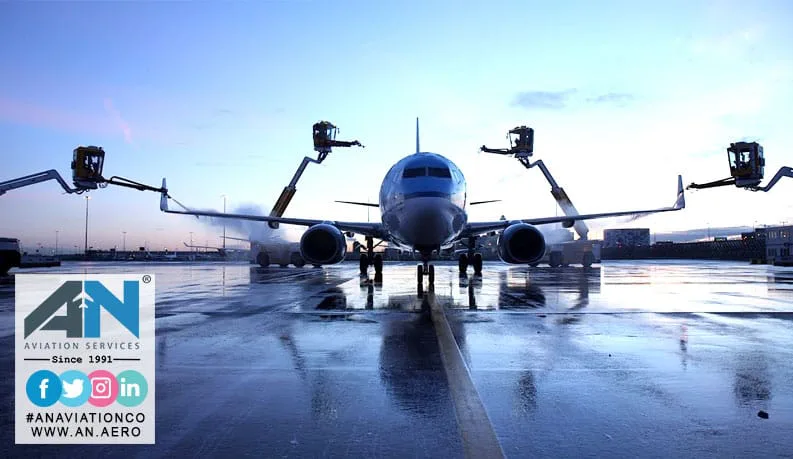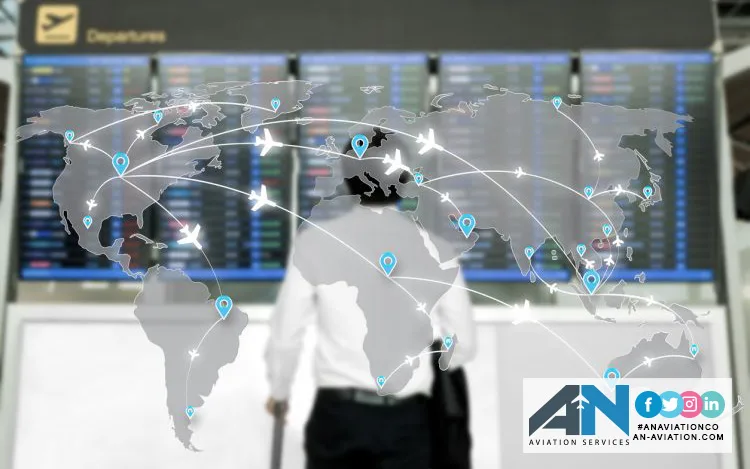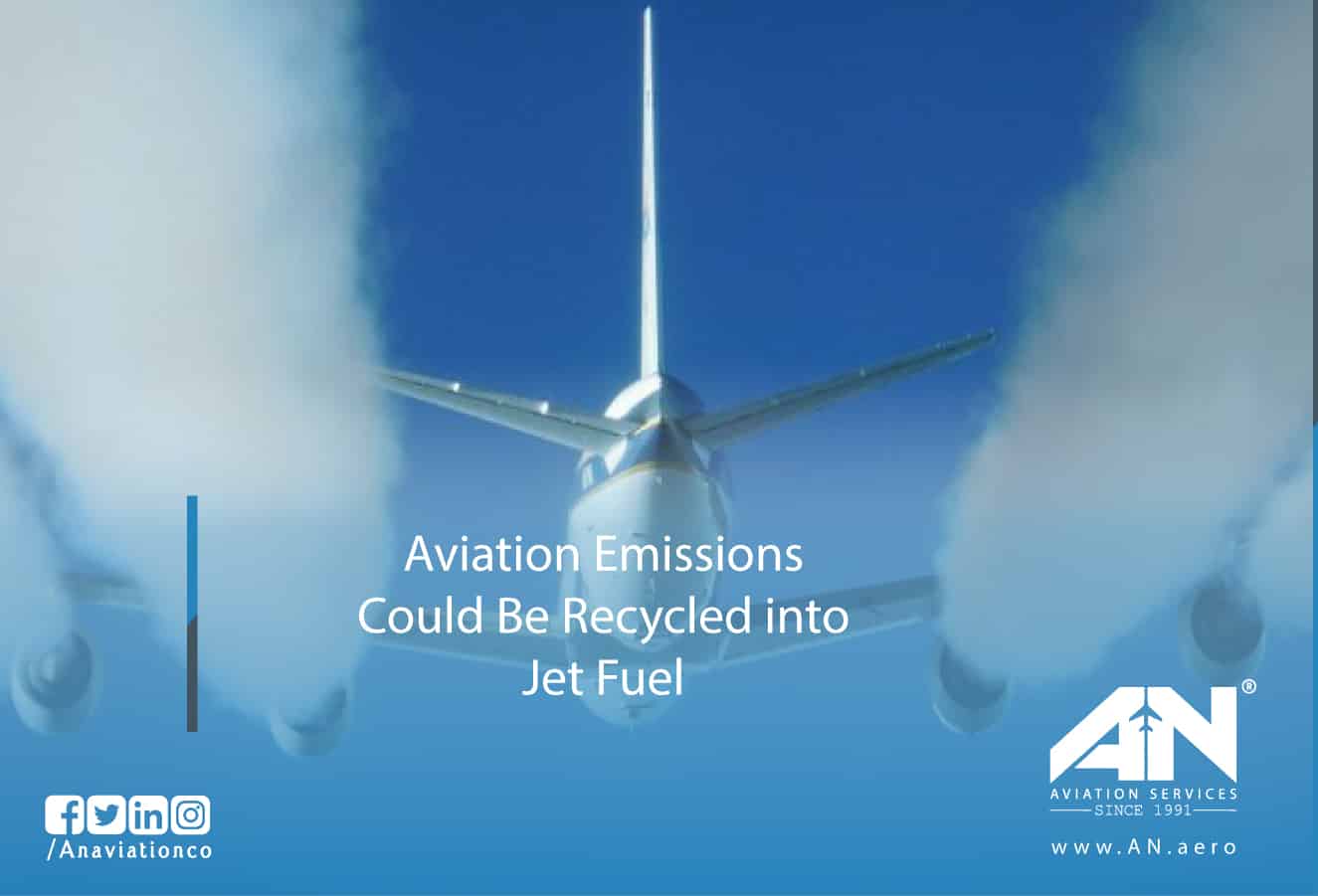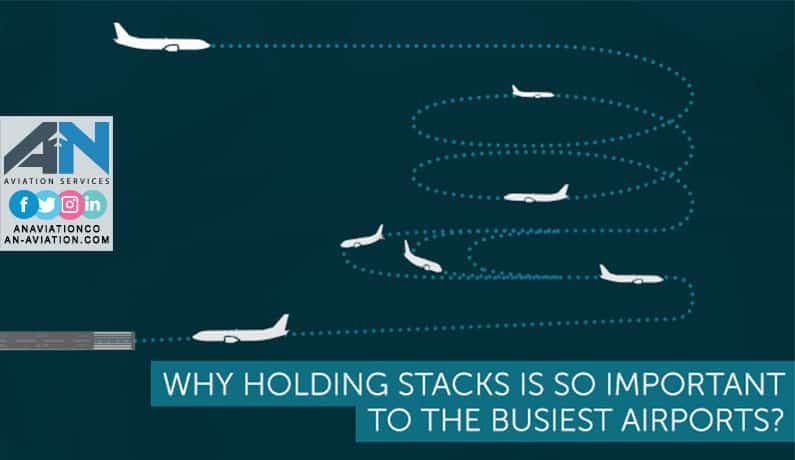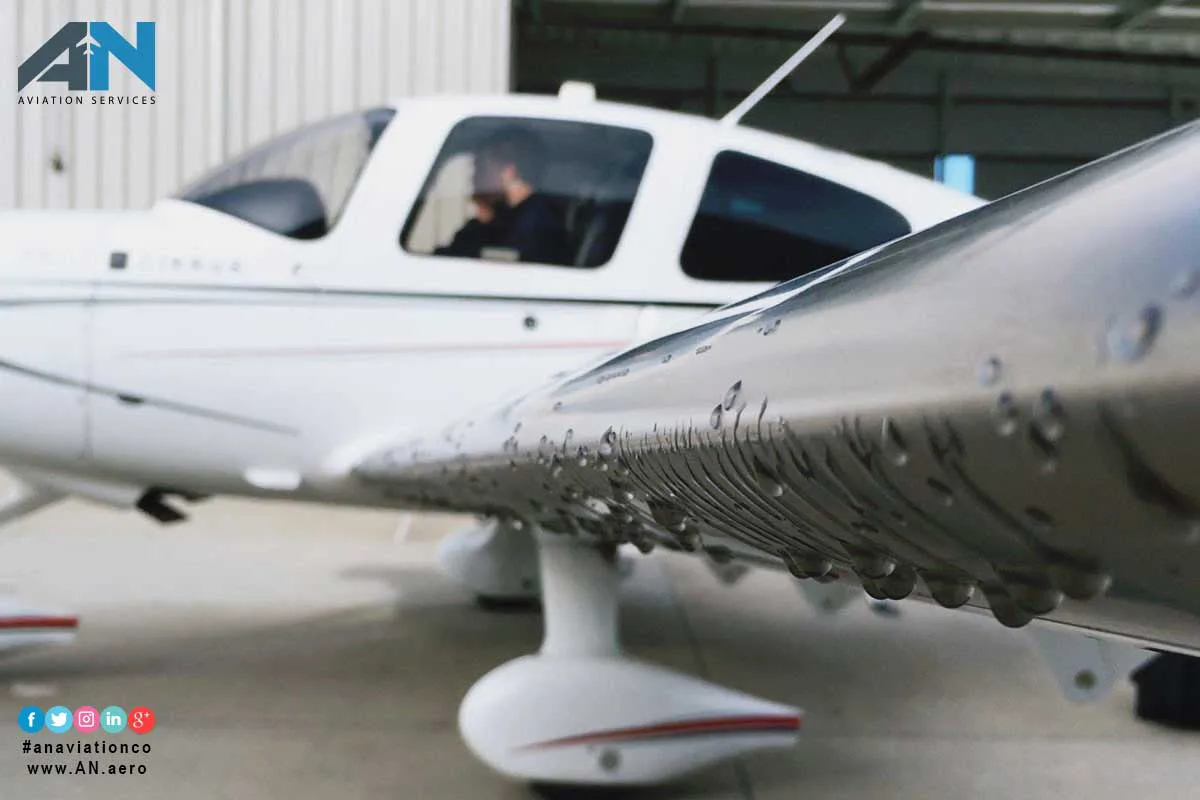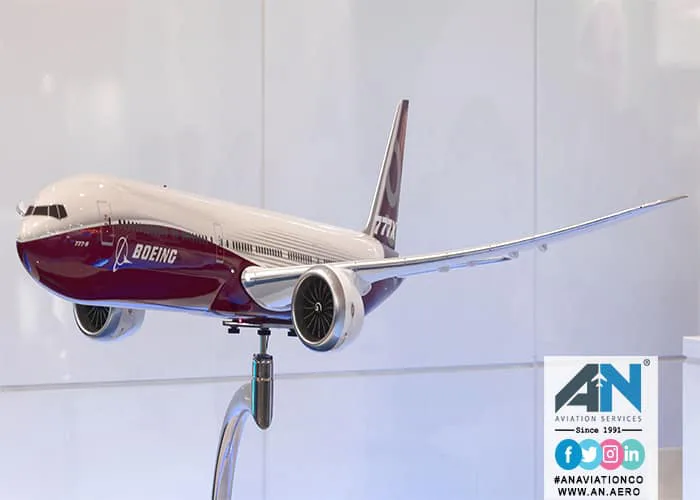
If you’ve ever wondered how much aircraft fuel is required for a flight, you’re not alone. Whether it’s a short hop between cities or a long-haul international journey, calculating fuel for an aircraft involves careful planning and precise regulations. Airlines don’t just fill up the tanks like you would with your car—they follow strict guidelines to ensure there’s enough fuel for safety, efficiency, and unexpected situations.
In this post, we’ll explore the different types of aviation fuel, how much fuel commercial aircraft are required to carry, and why these regulations are essential for passenger safety and flight efficiency.
Types of Aviation Fuel: Jet Fuel vs. Aviation Gasoline
There are two main types of aviation fuel used in aircraft, jet fuel and aviation gasoline (avgas). Each has its own characteristics and is used for different types of engines.
- Jet Fuel: This is the standard fuel for jet aircraft with turbine engines. The most common types are Jet A and Jet A-1, which are used globally. Jet fuel is similar to diesel fuel in its composition, but it’s specially refined to meet aviation standards, with additives to lower the freezing point and improve performance.
- Aviation Gasoline (Avgas): This fuel is used in smaller planes with piston engines. It’s more like automotive gasoline but with a higher octane rating to withstand the demands of aviation. Avgas 100LL is a common variant with an octane rating of 100 and a lead-based anti-knock additive to prevent engine knocking.
While commercial aircraft and jet aircraft mostly use jet fuel, many smaller, piston-engine powered aircraft still rely on aviation gasoline.
How Much Fuel Do Aircraft Need? Key Factors and Calculations?
When it comes to planning how much aircraft fuel is needed for a flight, there are strict regulations set by international aviation organizations like the International Civil Aviation Organization (ICAO). The amount of fuel an aircraft needs depends on several factors:
- Trip Fuel: This is the fuel required for the planned journey from takeoff to landing under normal conditions.
- Reserve Fuel: Additional fuel is carried to provide a buffer in case of unexpected events, like delays or diversions. Reserve fuel usually covers at least 30 minutes of flying time.
- Alternate Fuel: In case the destination airport becomes unavailable, aircraft must carry enough fuel to reach an alternate airport safely.
- Contingency Fuel: Extra fuel to account for weather changes, air traffic delays, or unexpected headwinds.
By carrying these different categories of fuel, pilots and airlines can be confident that the aircraft has enough for the planned journey and any surprises along the way.
Understanding Jet Fuel and Its Properties
Jet fuel is the lifeblood of commercial aircraft and jet aircraft with turbine engines. Here are some important properties and considerations:
- Jet A vs. Jet A-1: Both are kerosene-based fuels commonly used in jet aircraft. The main difference is their freezing point. Jet A-1 has a lower freezing point of -47°C (-53°F), making it suitable for international and high-altitude flights. In the United States, Jet A is more common with a freezing point of -40°C (-40°F).
- Anti-Knock Properties: Jet fuel contains additives to prevent knocking in the turbine engines, ensuring smoother and more efficient combustion.
- Sustainable Aviation Fuels (SAF): With a push toward sustainability, airlines are starting to adopt sustainable aviation fuels made from renewable resources. These SAF blends can reduce carbon emissions by up to 80% compared to traditional jet fuel.
The choice of jet fuel depends on factors like the aircraft’s range, weather conditions, and regulatory requirements in different countries.
The Role of the Aircraft Fuel System
An aircraft fuel system is responsible for storing, managing, and delivering fuel to the engines in a safe and reliable manner. The fuel system consists of multiple components, each designed to ensure smooth fuel delivery throughout the flight.
- Fuel Tanks: Aircraft usually have several fuel tanks located in the wings and sometimes in the fuselage. This helps distribute the weight evenly and improves the aircraft’s balance.
- Fuel Pumps and Lines: The fuel system includes pumps and lines that transport fuel from the tanks to the engines. These systems are designed to handle changes in altitude and temperature to maintain consistent fuel flow.
- Fuel Monitoring: Pilots rely on digital monitoring systems that provide real-time information about fuel levels, fuel consumption, and any potential issues with the fuel system.
Fuel Efficiency and Consumption in Aircraft
Managing fuel consumption is crucial for both economic and environmental reasons. Airlines and aircraft manufacturers are continually seeking ways to reduce fuel consumption without compromising safety or performance.
- Optimizing Flight Routes: Airlines use advanced flight planning software to find the most fuel-efficient routes, taking into account factors like wind speed, air traffic, and weather conditions.
- Engine Efficiency: Advances in turbine engines have led to significant improvements in fuel consumption, with newer engines burning less fuel while producing more power.
- Weight Management: Fuel efficiency is also impacted by the weight of the aircraft. Airlines carefully calculate fuel loads based on passenger numbers, cargo weight, and the length of the journey.
Conclusion: A Critical Component of Safe Air Travel
Managing aircraft fuel isn’t just about getting from point A to point B—it’s about ensuring safety, efficiency, and environmental responsibility. Whether it’s selecting the right type of jet fuel, maintaining an aircraft’s fuel system, or optimizing fuel consumption, airlines follow strict guidelines to make sure every flight is as safe and smooth as possible.
As technology continues to advance, we can expect even greater innovations in fuel efficiency, sustainability, and aircraft fuel systems. The result? A safer, greener, and more efficient future for air travel.




